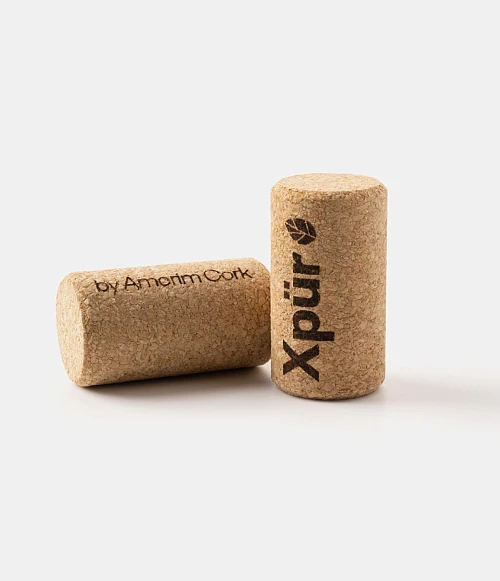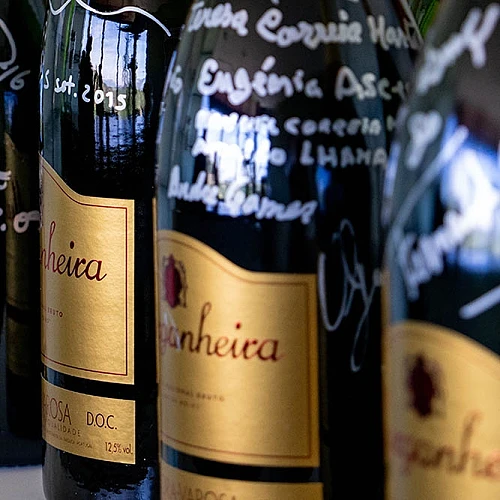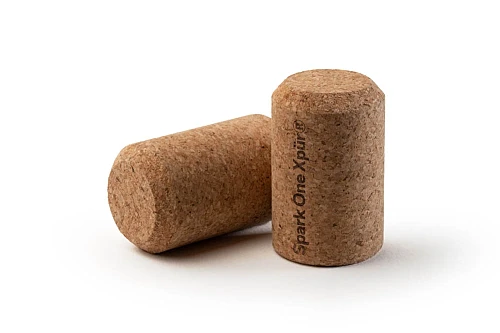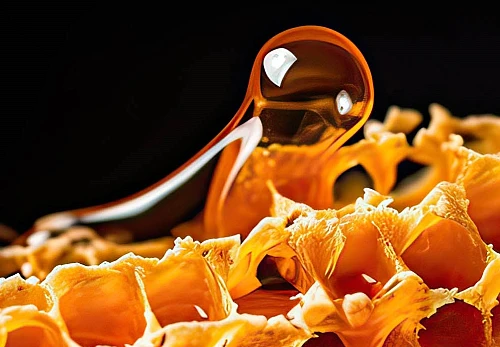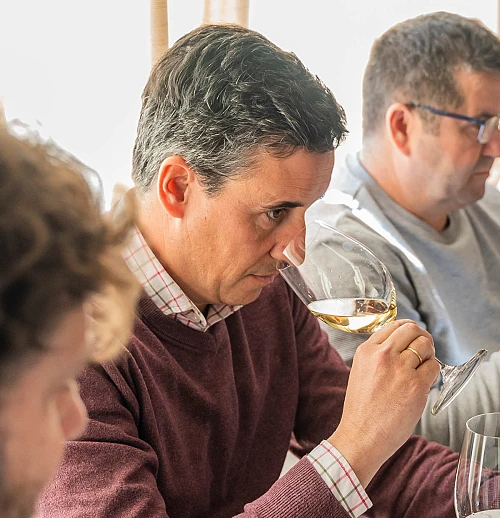- Media Center
- News
News Media Center
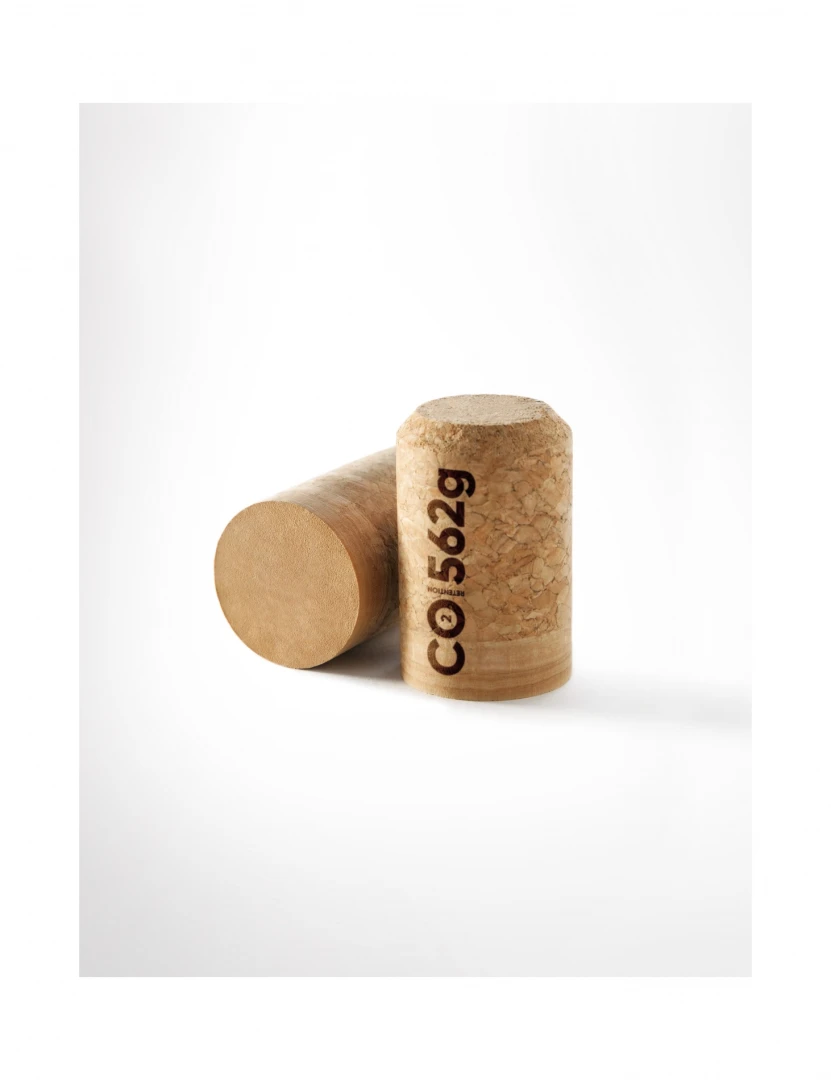
Cork brings carbon neutrality to a bottle of wine
Good news for wine drinkers who care for the environment.
Consumers want to save the planet. They also enjoy drinking wine from traditional glass bottles that preserves the quality of the wine. Now leading Portuguese cork supplier Amorim has come up with the environmentally-friendly answer that benefits everyone.
Natural cork closures can offset the CO2 emissions from glass bottle manufacture. They are a major ally in the wine industry’s battle for sustainability.
This surprising fact is the result of a lifecycle assessment (LCA) study commissioned from EY consultants, and published in 2020*. Measuring the amount of carbon dioxide absorbed by cork stoppers from forest floor to finished product, including transport, the results are impressive.
One single natural cork stopper sequesters 309 grammes of CO2 while a sparkling wine stopper, with two natural cork discs, sequesters even more at – 562 grammes. So, by choosing bottles closed with natural cork, consumers can contribute to a healthier environment by offsetting the carbon footprint of the glass bottles which are so important to wine drinkers – particularly at the premium end of the market.
This vital CO2 sequestration capability comes at no extra cost – it is embedded in the very nature of cork, and is a benefit to which every winery and consumer is entitled. Without the growing demand for cork stoppers, the 2.2 million hectares of native cork forests across seven countries in the Western Mediterranean basin – one of the world’s 35 biodiversity ‘hot spots’ - would cease to exist as we know them.
‘If we want to preserve cork oaktrees - which are never felled and can live more than 200 years - we need to use more cork stoppers’ explains Carlos de Jesus, Amorim’s Head of Marketing and Communication. ‘Now we know, through an independent ‘cradle to gate’ analysis, that these cork stoppers have such a negative carbon footprint they can offset the carbon emission of other elements of the production chain such as bottles. In fact, they are the go-to answer for everyone’s environmental responsibility
OPEN A BOTTLE OF WINE WITH A NATURAL CORK - AND HELP TO SAVE THE PLANET.
ENDS
*The study was based on the ISO 14040/44 standards (ISO, 2006), together with guidelines from the International Reference Life Cycle Data System (ILCD) Handbook - General guide for Life Cycle Assessment - Detailed guidance (EC-JRC, 2010).
The LCA methods used were aligned with the recommendation from Product Environmental Footprint Category Rules (PEFCR) for still and sparkling wine product environmental footprints (PEF) issued by the European Commission in 2018.)
